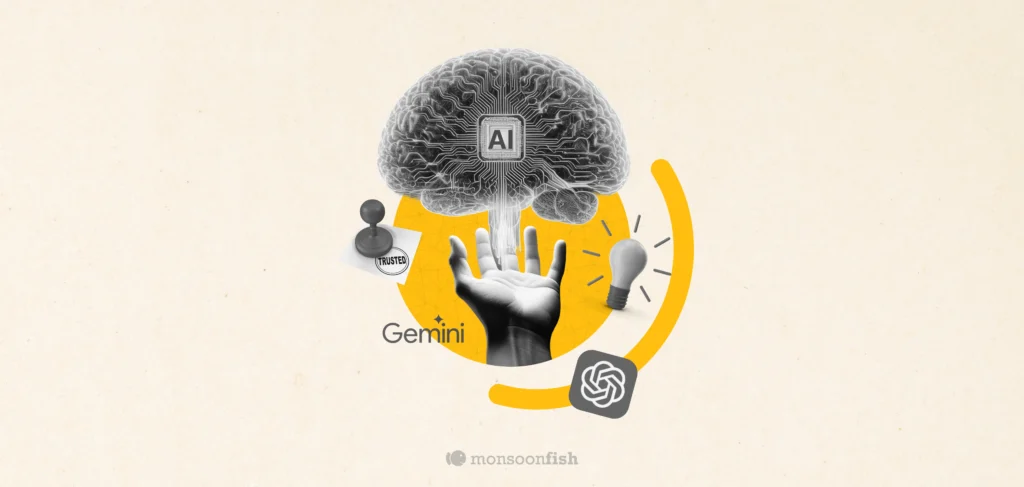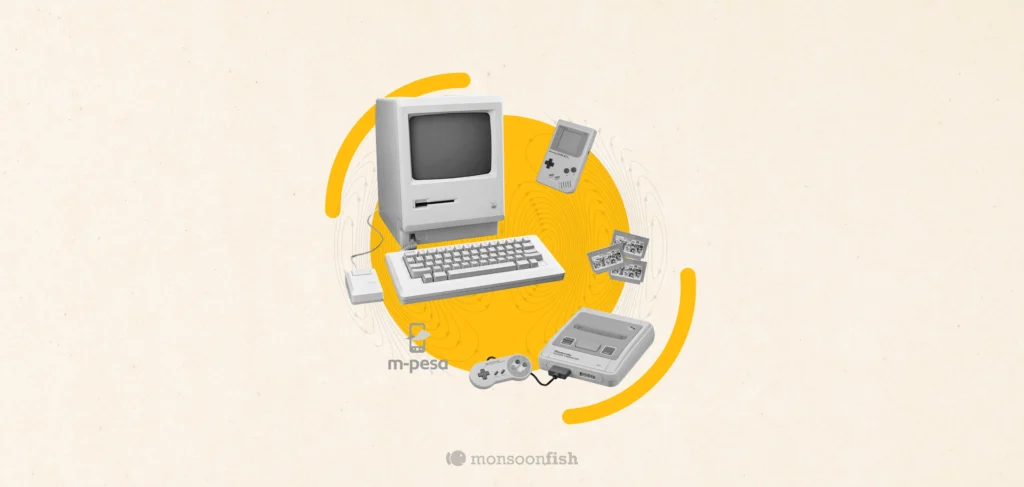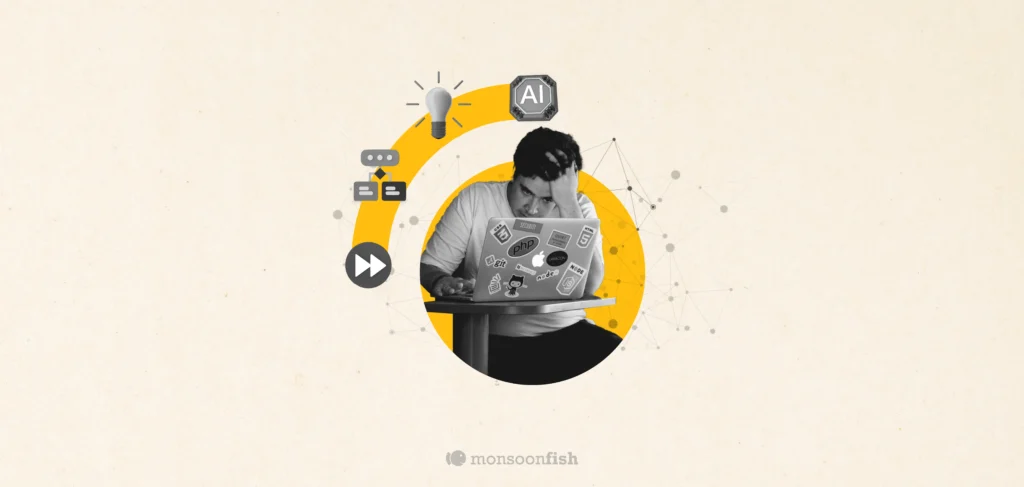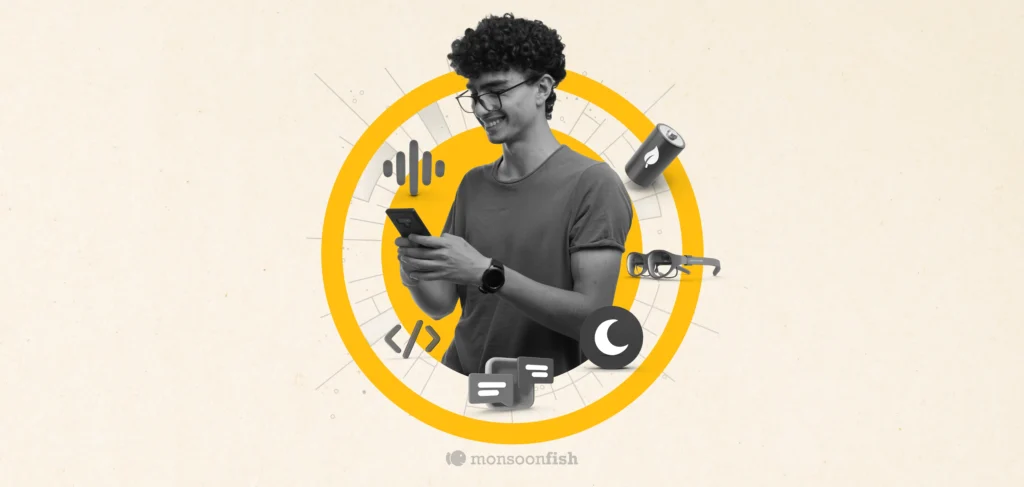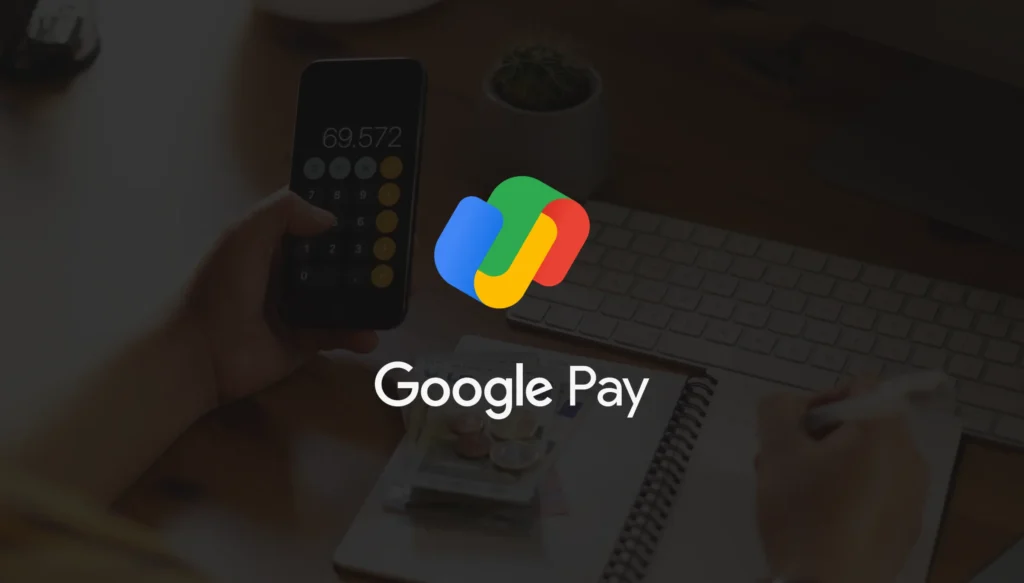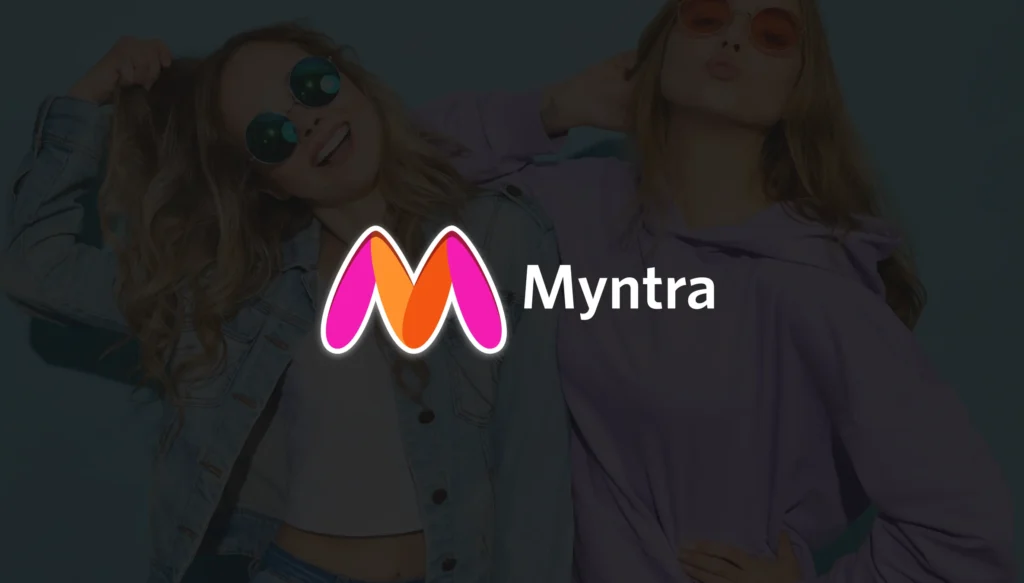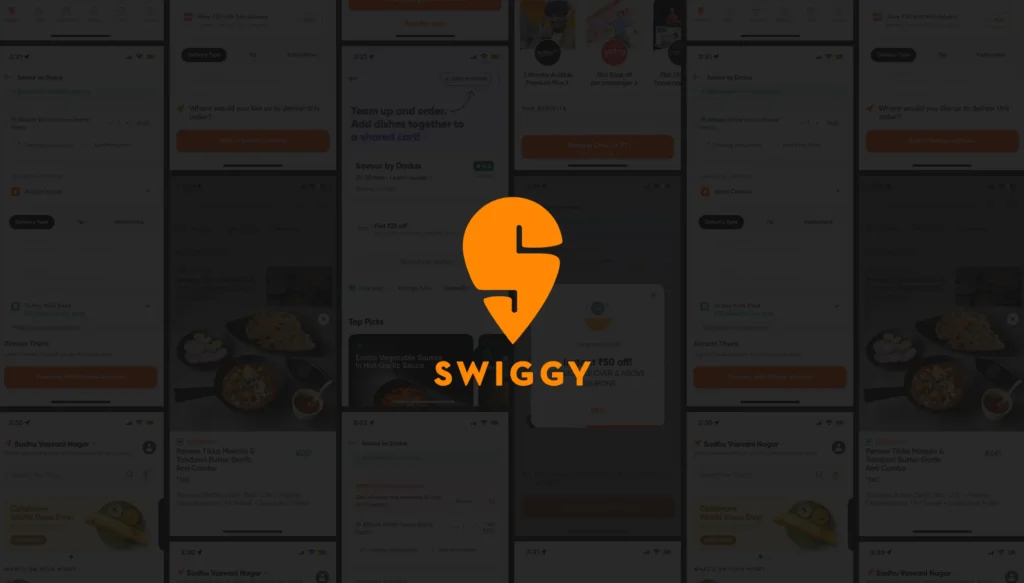Get the Best From your Extended UX Design Team
Over the last few years working in the services business has exposed us to a range of customers and more
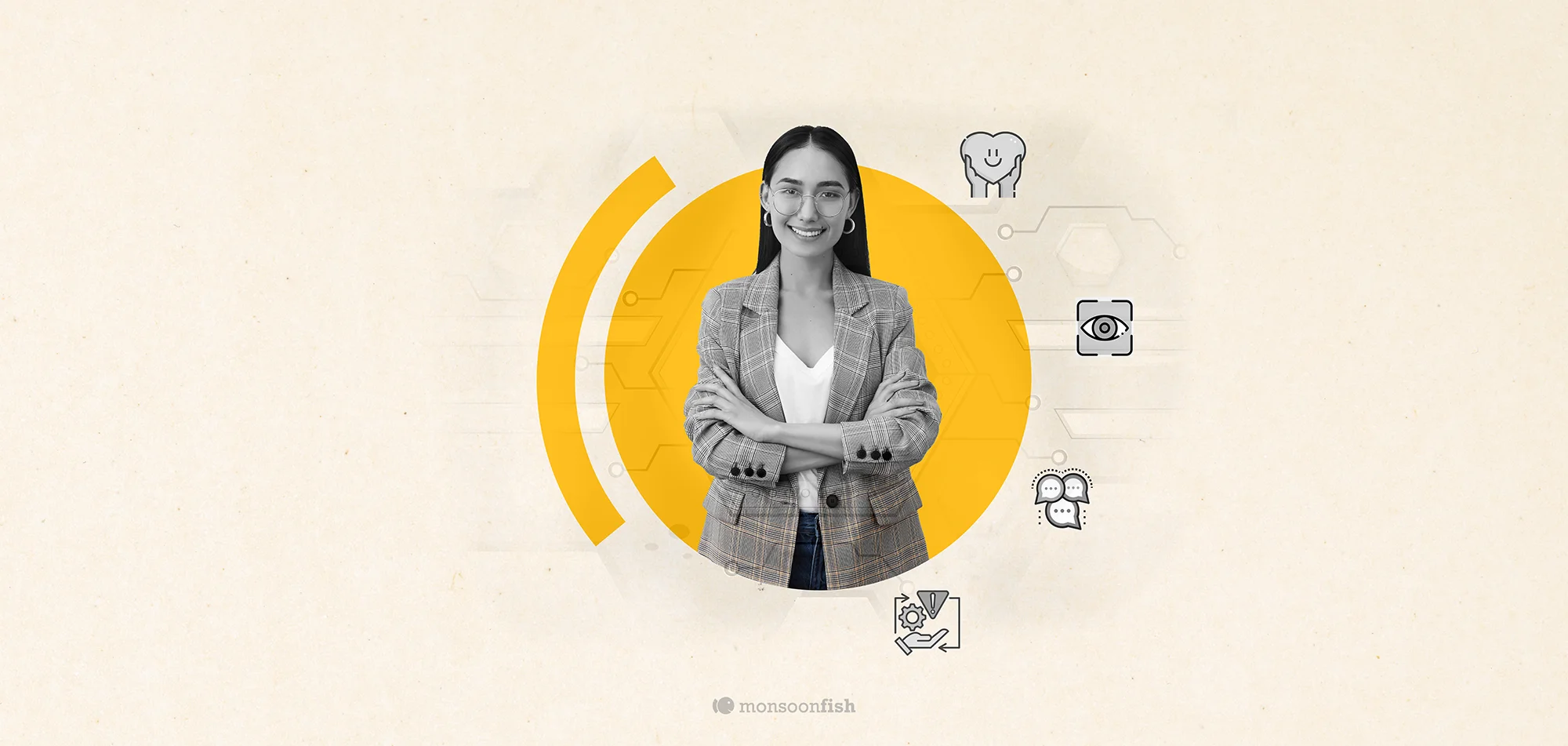
Over the last few years working in the services business has exposed us to a range of customers and more importantly experiences. Some projects sail smooth and some are choppier than the rest 🙂 All in all we took an opportunity to reflect and think of what we and our extended UX teams could do differently while we collaborated on projects.
So, what would it take to minimize heartburn of missing deadlines, overthinking and burnout and having more time for meaningful conversation and execution.
Understanding the Product profile
As designers it is important we work with product management, sales, and support to build a product profile. This is an outline of:
- What the product is in 2 – 3 lines
- Nature of tasks performed, if business critical, emergency, casual or goal oriented
- Who pays for it
- Platforms it will manifest on
Share this and agree on this. This gives the design team a good starting point and keeps stakeholders in the loop.
Understanding the Development Process
Understand how the product will get built. This is essentially working with the product manager and development lead to understanding their process, and how they would like you to fit in. Few things that help us get started
Waterfall
- Clearer framed requirements work
- Iterate on these requirements and quick sketches with the team and freeze what is to be designed
- Ensure these are signed off / approved by stakeholders and then proceed to design
- Agree that there is no change in scope here unless collectively decided
Agile
- Have a loose requirement doc, which keeps updating
- Iterate with quick sketches and wireframes with product management and development team
- Preferably present multiple flows, in full visual design and quickly test
- If there is an established visual guideline, work with wireframes only
Build a User Story
Tell a story about the user. These are different from personas and work as starting points.
- This helps designers empathize with the user, know them personally
- These are not necessarily out of user research. Work with different teams on your client side to build this.
- User stories talk about user pain points, their personalities, and aspirations. How your product fits can be left open to interpretation
- These serve as a great starting point for personas
These by no means replace the importance and need of user research. We still maintain that nothing beats that. However conducting a few interviews internally and externally give us good enough food for thought.
Set Measurement Criteria
Once you have a product and user profile think of what kind of measurement criteria this product needs. Apart from analytics that your management team will normally track, look at a few softer areas to evaluate design.
- Learnability, consistency
- How easy it is to use, accessibility
- How speedy is the use
- Communication
- Visual appeal
- Error handling
- Other contextual areas you may need to track
Do you always need all of the above? Obviously not. See what is important for the product you are working on and define metrics for these.
Moral of the story
- The above helps clarify things for all stakeholders, it saves time especially when as a company you work with an external design services team
- As designers, this brings immense clarity to the process, avoids shooting in the dark
- There are ways of gathering the above, it can be as detailed or as agile as you see fit. What is important is that this does not have to take time
- The above works well for us as we are a services business. This might work differently for an internal design team
- This process is not bulletproof, there are still last-minute changes, delays in schedule and heartburn, but a framework is better than no framework and if we can reduce the above even a little it gives enough time and mind space for everyone to do what they are good at.
CATEGORIES
